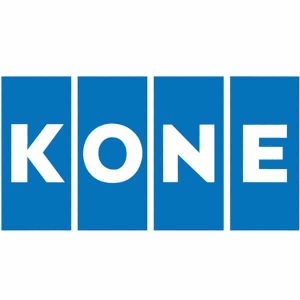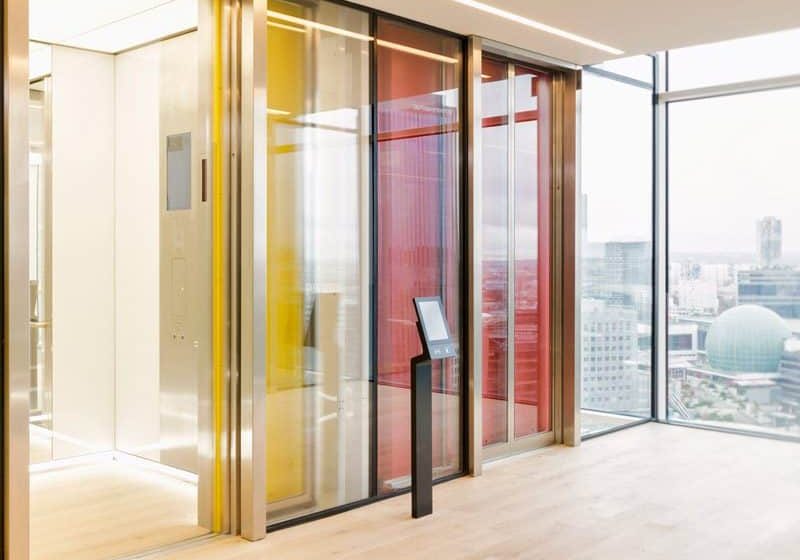Concept is evolving from a winning DX Experiments idea.
submitted by KONE
As a result of an effort to find new ways to make innovative connections to elevators, KONE in May announced a new tech solution to enable wheelchair users to navigate modern buildings more easily by connecting elevators and wheelchairs. The connected wheelchair concept is being developed following its selection as the winning idea from KONE’s DX Experiments competition, launched in January 2021. The concept, one of 460 new ideas attracted to the competition, will enable a wheelchair to be integrated and connected to KONE’s elevators via its API (application programming interface) platform, allowing it to also work with other applications within a smart building management system. The winning idea came from a French entrant and was inspired by the difficulties faced by care home residents when moving around the facility. The innovative concept aims to aid mobility and reduce waiting times and friction, allowing users’ wheelchairs to alert an elevator to their arrival or to schedule an elevator when needed, taking users to the correct floor. The technology is being created to work with smart wheelchairs or as a solution that can be retrofitted to existing wheelchairs. The design could mean that, in the future, facilities such as care homes or other smart buildings could produce a better on-demand service for wheelchair users.
Five-time Finnish Paralympic gold medal-winning sprinter Leo-Pekka Tähti, an advocate for better inclusivity and accessibility for the disabled community in the built environment, is acting as a consultant as the design is developed. Despite being the world’s fastest man in a wheelchair, Tähti is often slowed down by inconsiderate building design. Reflecting on the problems faced by the disabled community, Tähti noted:
According to the World Health Organization, 75 million people require a wheelchair on a daily basis, and a further 1.7 billion are impacted by blindness and visual impairment.
“Wheelchair users know how frustrating it can be trying to get around in a world that hasn’t taken their needs into account. Being delayed because an elevator is full or because we are held up by inaccessible design can become another daily frustration that wheelchair users have to allow for. We become experts at adapting to fit into a world that wasn’t designed with us in mind. Although improvements have been made, we need urgent investment and innovation in the built environment sector so that wheelchair users can move around our public spaces and buildings with independence. The connected wheelchair concept offers us a glimpse at what is possible when society invests, innovates and commits to improving the day-to-day lives of wheelchair users.”
According to the World Health Organization, 75 million people require a wheelchair on a daily basis, and a further 1.7 billion are impacted by blindness and visual impairment. This highlights the need for technologies that can provide a more supportive and inclusive environment.
Development work on the elevator-wheelchair project will start immediately, with the innovation available for testing later this summer.
Get more of Elevator World. Sign up for our free e-newsletter.










